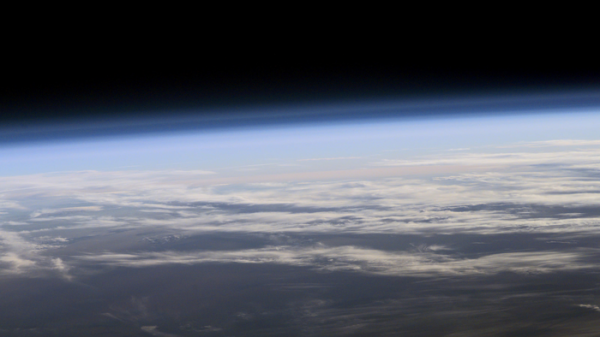

Many people are familiar with the hole in the ozone layer over Antarctica, but what is less well known is that occasionally, the protective ozone in the stratosphere over the Arctic is destroyed as well, thinning the ozone layer there.
Each time the ozone layer has been thinned out, climate researchers subsequently observed the weather across the entire northern hemisphere. Those spring seasons were exceptionally warm and dry in central and northern Europe, Russia, and especially in Siberia. In other areas, such as polar regions, however, wet conditions prevailed. These weather conditions were particularly pronounced in 2020. Switzerland was also unusually warm and dry that spring.
Whether there is a causal relationship between stratospheric ozone destruction and the observed weather conditions, the polar vortex in the stratosphere, which forms in winter and decays in spring, also plays a role. Scientists and researchers have studied the phenomenon so far and have arrived at contradictory results and different conclusions.
New findings are now shedding light on the situation, thanks to doctoral student Marina Friedel and Swiss National Science Foundation Ambizione Fellow Gabriel Chiodo. Both are members of the group headed by Thomas Peter, Professor of Atmospheric Chemistry at ETH Zurich, and are collaborating with Princeton University and other institutions.
Author: Sri Nihal Tammana
Source: ETH Zurich
PC: NASA


© copyright 2022 by Recycle My Battery